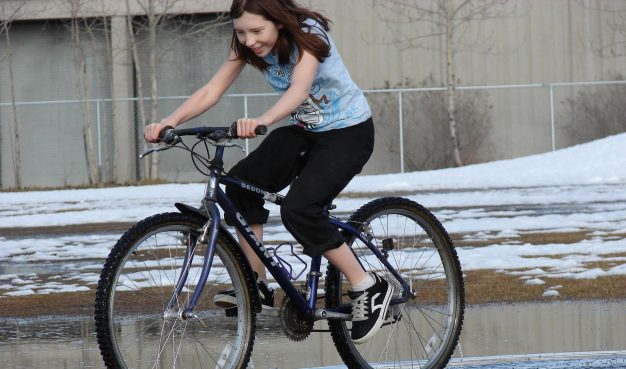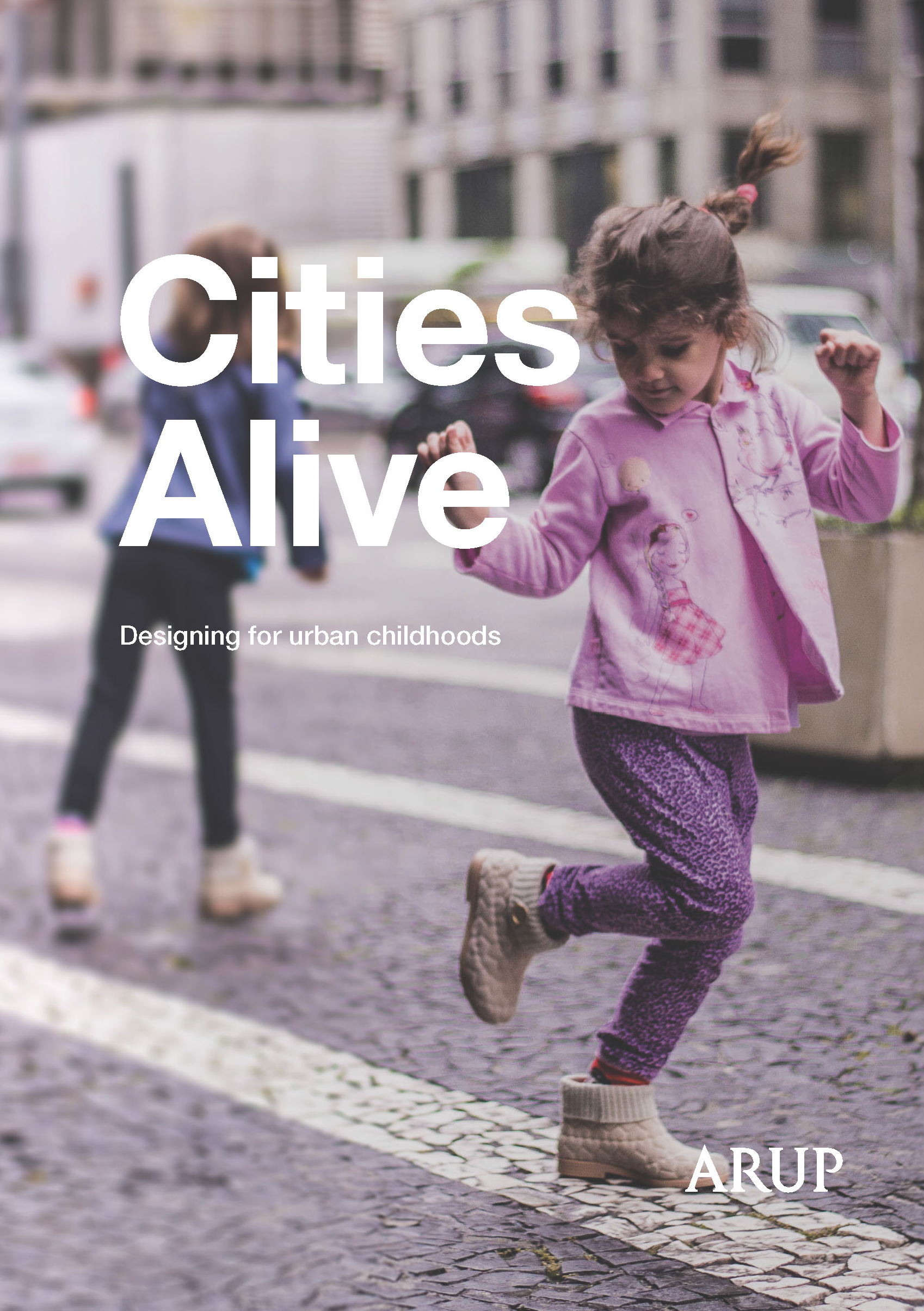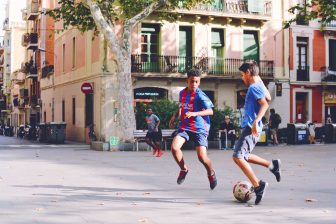
Everyday freedoms, and the networks to enjoy them
In this extract from their new publication, Cities Alive: designing for urban childhoods, the built environment specialists Arup suggest that children’s everyday freedoms, and the physical infrastructure to enable them, are the key concepts for the child friendly city.
“This is a crucial and much-neglected topic. If children are not designed into our cities, they are designed out. This means that they are deprived of contact with the material world, with nature, with civic life and with their own capacities.”
George Monbiot, writer
Two concepts are fundamental to understanding and exploring a more child friendly approach to cities: ‘everyday freedoms’ and ‘children’s infrastructure’.
Everyday freedoms
The concept of everyday freedoms combines the ability to play and socialise with high levels of independent mobility. It is through play that children learn to make sense of the world. Play is an instinctive, voluntary and spontaneous human learning impulse, and a basic human right (enshrined in the UN Convention on the Rights of the Child). Unstructured and self-directed play is fun, gives satisfaction and a sense of achievement, and is vital to our development. It also impacts our ability to enjoy physical and mental health in old age. The opportunity to establish these healthy patterns of behaviour is key.
Children’s independent mobility is the freedom to get around a neighbourhood or part of a city unaccompanied by an adult. Independent mobility is influenced by many elements, including the proximity, choice and availability of things to do, the presence of road crossings, children’s age and gender, and perceptions of safety by both children and adults.
Children in countries such as Finland and Germany are granted comparatively high levels of independent mobility, while overall, children’s independent mobility is falling around the world.
Children’s perceptions and experiences of their environment change as they grow up. For a city to be child-friendly, it needs to cater to each stage of a child’s development. A crucial feature of this process is a change in scale. In early years, children experience life at a small scale, and their domain is largely determined by the need to be close to their parents/caregivers. Later, the focus shifts to playing and getting around more independently in neighbourhood streets, and to socialising, roaming and exploring the wider area. For maximum impact, initiatives to promote everyday freedoms should be close to residential areas. Pavements/ sidewalks outside the home can be the first opportunity for unsupervised exploration by younger children, while local parks and public spaces become more accessible as they grow up.
Children’s infrastructure
Children’s infrastructure is the network of spaces, streets, nature and interventions, which make up the key features of a child-friendly city. They are critical to a more inclusive, equitable, healthy and resilient public realm. This network is as important as transport, energy, water, and waste infrastructure; all underpin urban functions and a city’s ability to attract and sustain strong, healthy, family-orientated communities.
By promoting connected, multifunctional, intergenerational and sustainable public spaces for cities, children’s infrastructure can generate a substantial range of benefits for all urban citizens.
A key focus area for children’s infrastructure are the streets and the spaces in front of people’s homes. On average, these make up at least 25% of a city’s space and have the greatest potential to encourage everyday freedoms and social. This means looking beyond just playgrounds and instead focusing on an intergenerational and multifunctional public realm that families and communities can enjoy together. Cities should aim to enhance a child’s connection to nature through green and healthy environments. They should also influence and impact a child’s everyday journeys, including through routes to and from school or to and from community facilities such as youth centres, parks, leisure and recreation areas.
Arup
Photo: Emma Forsberg

Cities Alive: designing for urban childhoods is published by Arup and can be downloaded here




